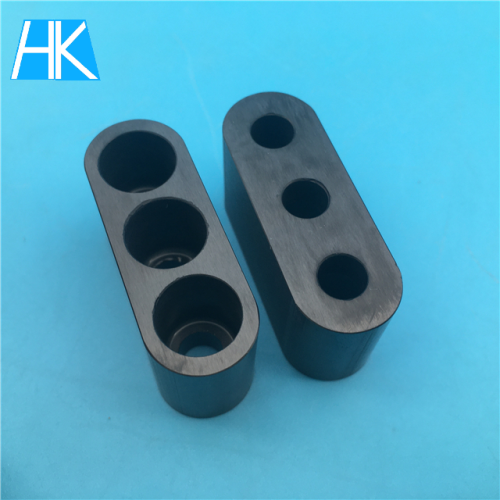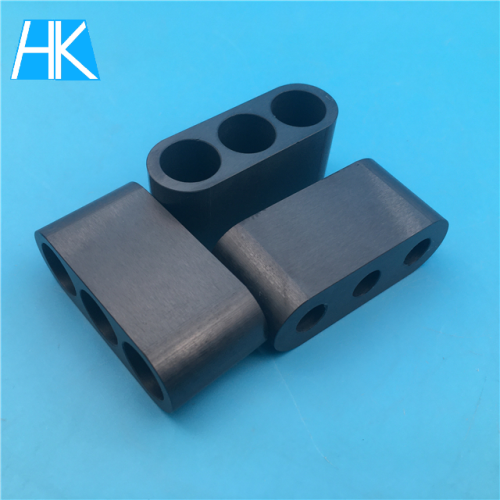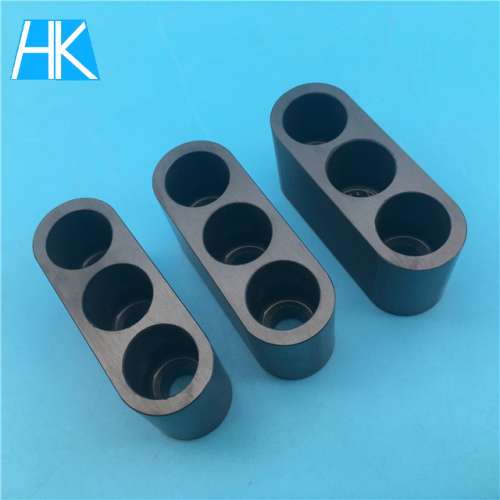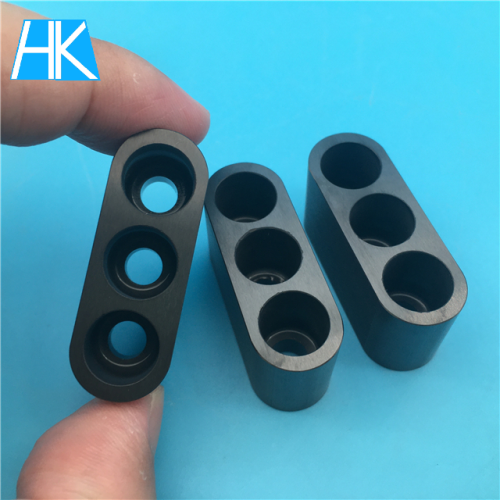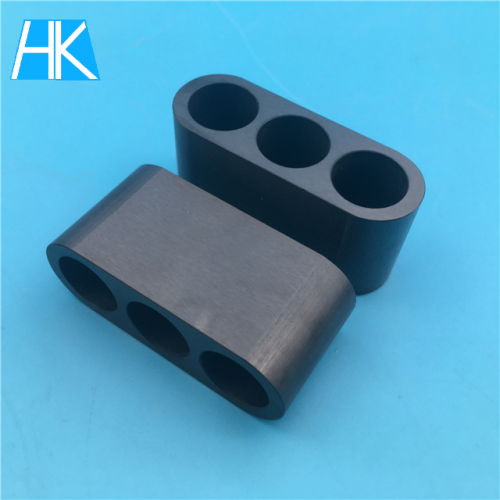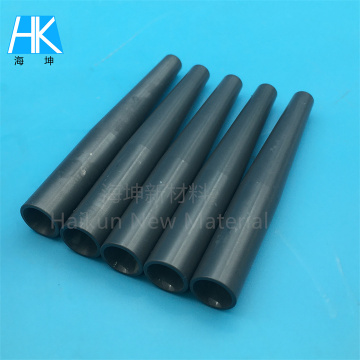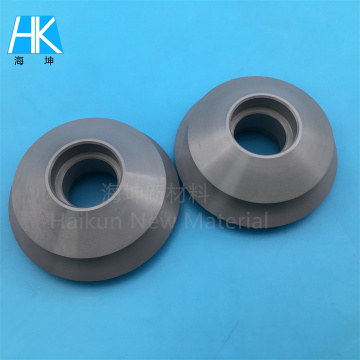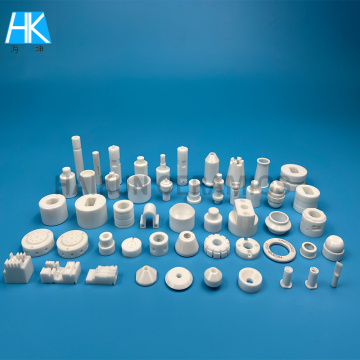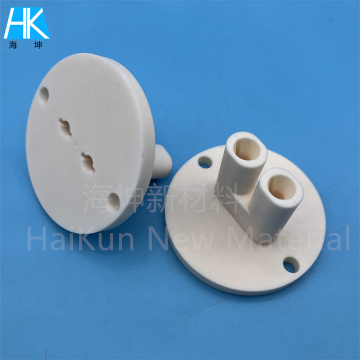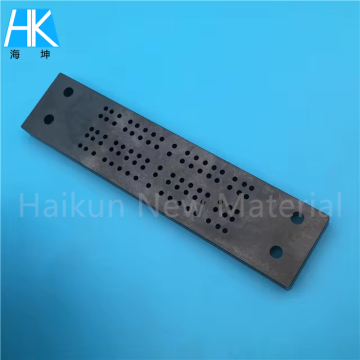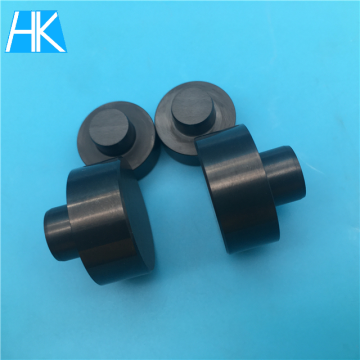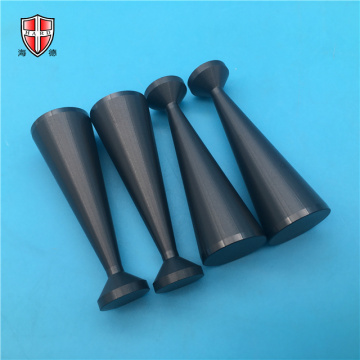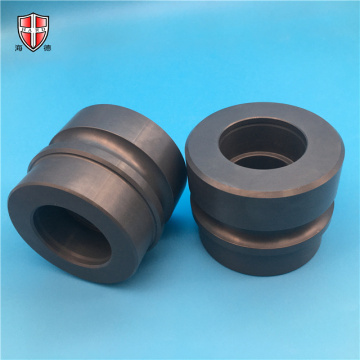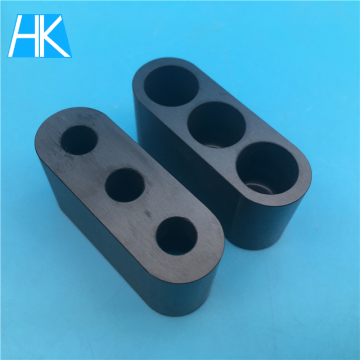
good hardness si3n4 silicon nitride ceramic machining part
- Min. Order:
- 1 Piece/Pieces
- Min. Order:
- 1 Piece/Pieces
- Transportation:
- Ocean, Land, Air
- Port:
- Shenzhen
Your message must be between 20 to 2000 characters
Contact Now| Place of Origin: | Guangdong,China |
|---|---|
| Supply Ability: | 1,000,000 pcs/Month |
| Payment Type: | L/C,T/T,D/P,Paypal,Money Gram,Western Union |
| Incoterm: | FOB |
| Certificate: | SGS |
| Transportation: | Ocean,Land,Air |
| Port: | Shenzhen |
good hardness si3n4 silicon nitride ceramic machining part
Reputation depends on quality, quality comes from Hard!
Silicon Nitride Ceramic Standard Parts:
The structure of silicon nitride ceramics can be calculated based on the "zinc equivalent coefficient" of elements added to brass. Because a small amount of other alloying elements are added to the copper-zinc alloy, it is usually only to move the α/(α+β) phase region in the Cu-Zn state diagram to the left or right. Therefore, the structure of special brass is usually equivalent to that of ordinary brass with increased or decreased zinc content. For example, adding 1% silicon to the Cu-Zn alloy is equivalent to adding 10% zinc to the Cu-Zn alloy. So the "zinc equivalent" of silicon is 10. The "zinc equivalent coefficient" of silicon is the largest, causing the α/(α+β) phase boundary in the Cu-Zn system to move significantly to the copper side, that is, the α phase region is strongly reduced. The "zinc equivalent coefficient" of nickel is negative, that is, the α-phase region is expanded.
The α and β phases in silicon nitride ceramics are multi-element complex solid solutions with greater strengthening effects, while the α and β phases in ordinary brass are simple Cu-Zn solid solutions with low strengthening effects. Although the zinc equivalent is equivalent, the properties of multi-component solid solutions and simple binary solid solutions are different. Therefore, a small amount of multi-element strengthening is a way to improve the properties of the alloy. Lead is actually insoluble in brass and is distributed on the grain boundaries in the state of free particles. According to its organization, lead brass has two types: α and (α+β). Due to the harmful effects of lead, alpha-lead brass has very low high temperature plasticity, so it can only be cold deformed or hot extruded. (α+β) Lead brass has good plasticity at high temperature and can be forged. Adding tin to brass can significantly improve the heat resistance of the alloy, especially the ability to resist seawater corrosion, so tin brass is called "navy brass".
Tin can dissolve into the copper-based solid solution to play a solid solution strengthening effect. But with the increase of tin content, brittle r-phase (CuZnSn compound) will appear in the alloy, which is not conducive to the plastic deformation of the alloy, so the tin content of tin brass is generally in the range of 0.5% to 1.5%.
Commonly used tin brasses are HSn70-1, HSn62-1, HSn60-1 and so on. The former is an alpha alloy with high plasticity and can be processed under cold and hot pressure. The alloys of the latter two grades have (α+β) two-phase structure, and a small amount of r-phase is often present, and the plasticity at room temperature is not high, and it can only be deformed in the hot state.
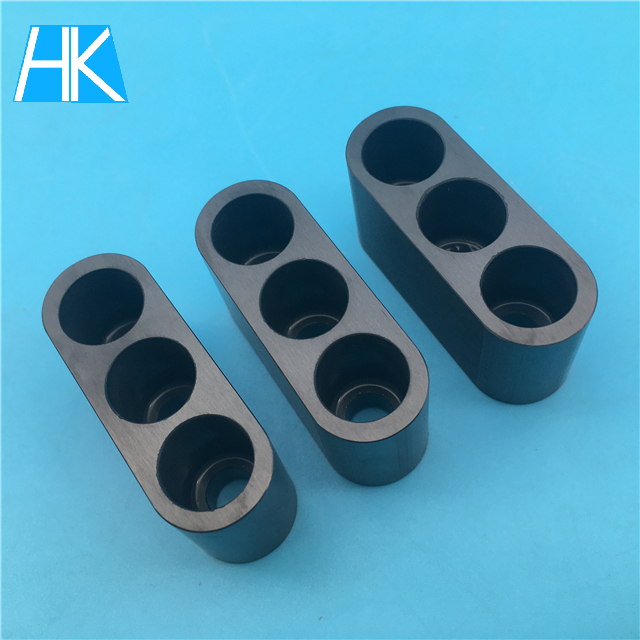
properties:
High hardness, high strength, wear resistance, corrosion resistance, high temperature(1200°), good thermal diffusivity, good thermal shock resistance(avoid the temperature changing rapidly), good insulativity, low density. The comprehensive properties are best in most of structure ceramic.
Data Sheet↓
Color: Black GreyDensity: >3.2g/cm3
Hardness: HRA90
Vickers Hardness (Hv50): >1550 HV0.5
Modulus of Elasticity: 290Gpa
Flexural Strength: >600Mpa
Compressive Strength: 2500Mpa
Modulus of Elasticity(25°C): 65Gpa
Fracture toughness:>6.0 Mpam1/2
Maximum Use Temperature: 1200°C
Thermal Conductivity:15-20 W(m.K)
Thermal Expansion Coefficient: >3.1 10-6/°C
Thermal Shock Resistance: 500 △T°C
Special Heat Capacity: 700 KJ/kg.K
Dielectric Strength: 1 KV/mm
Dielectric Constant: er
Volume Resistivity(20°C): 1.0*10(12)Ω.cm
Application industry:
Machinery, electronic, semiconductor, chemical, petroleum, smelt.
Specific application:
Welding shaft, electronic substrate, plunger, nozzle, slide guide, diesel parts, metal molding, shaft wheels etc.
1.12 years of professional production industrial ceramics factory
2.High quality products with low price
3.High precision parts with lowest tolerance
4.Short time for production
5.Has a group of experienced, professional and efficient R&D team
6.Has a good reputation in China and abroad.
7.MOQ is not limited, small quantity is welcome.
8.Vigorous team and good after-sales service
Products Show
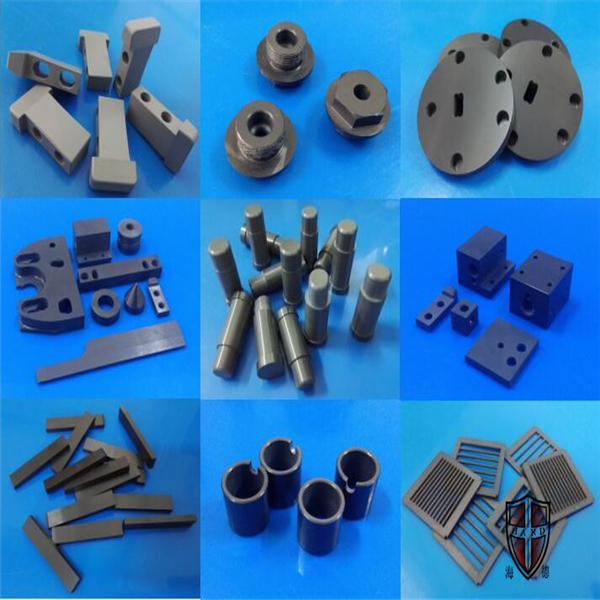

FAQ
Q: Are you trading company or manufacturer ?
A: We are factory.
Q: How long is your delivery time?
A: Generally it is 5-10 days if the goods are in stock. or it is 15-30 days if the goods are not in stock, it is according to quantity.
Q: Do you provide samples ? is it free or extra ?
A: Yes, we could offer the sample for free charge but do not pay the cost of freight.
Q: What is your terms of payment ?
A: Payment<=1000USD, 100% in advance. Payment>=1000USD, 50% T/T in advance ,balance before shippment.
Related Keywords


